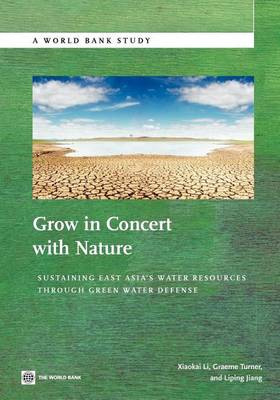Water scarcity is increasingly becoming a threat to water security in different countries or areas of East Asia, driven by water over-withdrawal and pollution, and aggravated by climate change and variability. The `Green Water Defense in East Asia' study, as part of the driver for green growth in the water sector of East Asia region, seeks to find a sustainable solution to this challenge. The concept of Green Water Defense (GWD) is developed building on such principles as `live and build with nature', `green adaptation', `produce more with less' and `low impact development', etc. It is defined by the authors as `Green Water Defense (GWD) is an adaptive management philosophy and approach which seeks to spatially integrate natural forces and artificial interventions, and to balance incentive-based and supply-driven measures, with minimum footprints and externalities in providing water services and managing related climate risk.' This report provides a brief account of the water resources and climate trend in the region, puts forward a conceptual framework of GWD based on a model of three spatial layers, namely, ecological base layer, an occupation (or land and water use) layer and an infrastructure (network) layer in the middle. The GWD serves as the media to integrate the interactions among three layers such that the water resources development and management are sustained. Based on the GWD concept framework, a menu list of GWD measures are formulated, and a set of emerging best practices for adaptive water scarcity management are identified through case studies (Australia, Israel, Spain and China). In an effort to apply the GWD concept and approach in East Asia, the report depicts a roadmap, with a general process, focus for different spatial scales and a practical example to illustrate where to start and how to apply these best practice approach and GWD measures in addressing water scarcity management issue in a client country.
- ISBN10 1280878584
- ISBN13 9781280878589
- Publish Date 25 February 2013 (first published 30 July 2012)
- Publish Status Active
- Out of Print 14 May 2014
- Publish Country US
- Imprint World Bank Publications
- Edition New ed.
- Format eBook
- Language English
